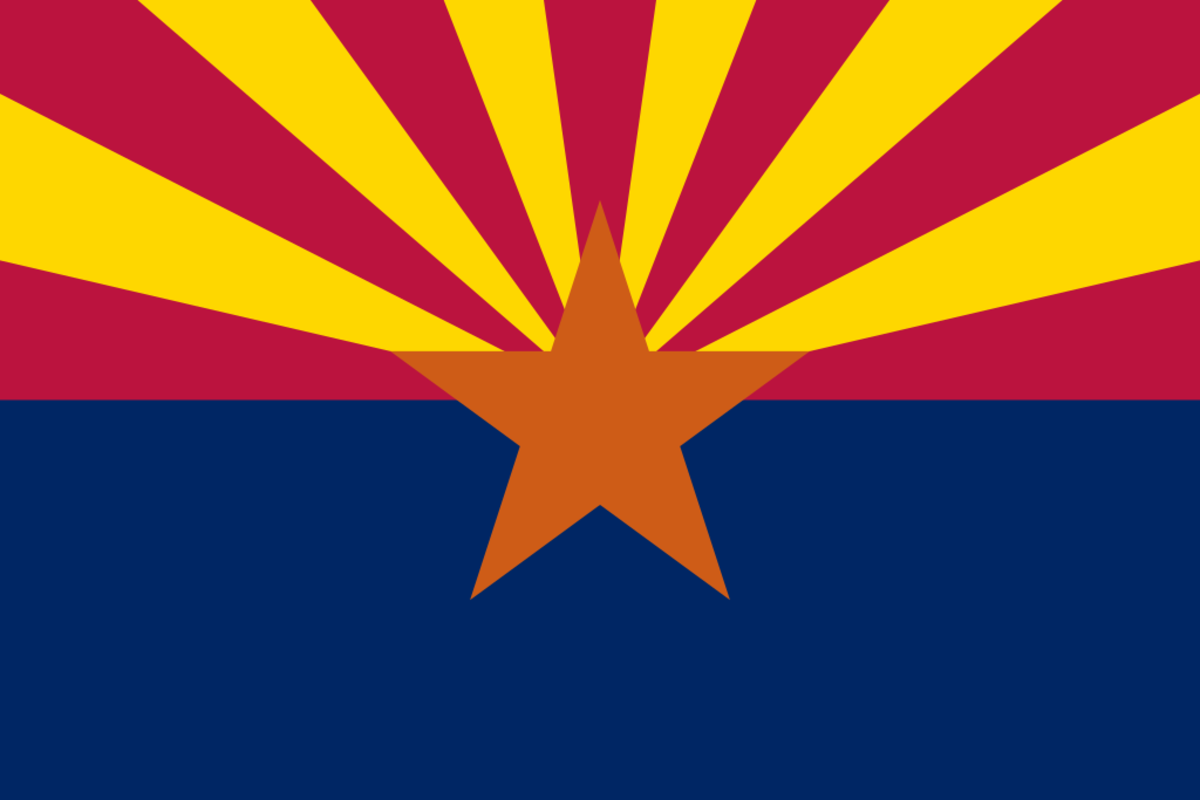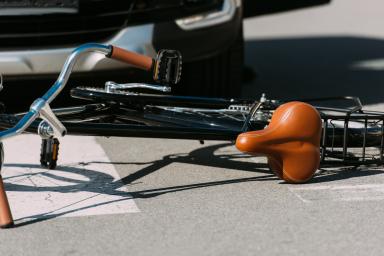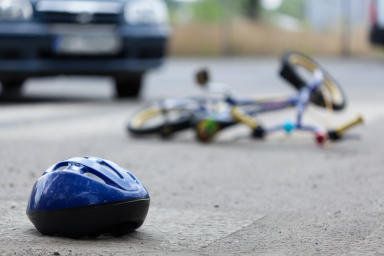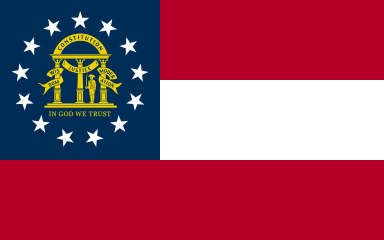Arizona Bicycle Laws

Eight hundred thirty bicycle accidents were recorded in the state of Arizona in 2020. Of this number, 33 resulted in fatalities. The majority of the crashes (91%) occurred in urban areas and during the day, while the most glaring cause of mishaps was negligence on the part of the cyclist or motorist involved in the accident, examples of which include failure to look before turning, failure to yield, unsafe lane changes, speeding, and reckless maneuvering through traffic.
However, regardless of the crash data collected by the Arizona Department of Transportation, bicycle hobbyists flock to The Grand Canyon State for its extraordinary cycling routes and sunshiny weather almost all year round. Arizona is a haven for bicycle hobbyists, offering exciting trails like the Hopi Point Loop from Grand Canyon Village, Bell Rock Pathway, Rainbow Rim Trail, and Sunset Crater Loop. It also has the Peavine Trail and SARA Park for mountain bikers and paved pathways along the Indian Bend Wash, Chuck Huckelberry Loop, and Yuma Crossing National Heritage Area.
Bicycle crashes in the state have already declined, thanks to the efforts of local authorities in promoting safe and responsible driving for bikers and the strict implementation of bicycle laws to curb accidents.
But, of course, cyclists also have to do their share. They ought to know and educate themselves about the state’s bicycle rules and regulations and follow them to the letter for their safety and that of the others they share the road with. And when they get involved in accidents, they should already know beforehand what to do to look after their welfare. This article will provide them with that particular information.
Arizona Bicycle Riders Hand Signals
Unlike motorists driving their vehicles, bicycle riders have really no way of letting others on the road know their intentions or next moves while driving–except by way of using hand and arm signals. These may convey their plans to shift directions, change lanes, or stop.
When intending to make a left turn, cyclists must extend their hand and arm horizontally to their left side. They must do this approximately 100 feet before they make the actual turn to alert the vehicles behind them. They should also return the hand that they used to signal on the bike handle before the actual turn.
For right turns, cyclists may either have their left hand and arm extended upward at a 90-degree angle or horizontally extend their right hand and arm to the right side of the bicycle. Any of these two signals must likewise be performed approximately 100 feet before the turn, with the arm extended for around three seconds.
If planning to stop or decrease speed, the signal is to extend the arm downward at a 90-degree angle with the hand wide open.
Arizona Bicycle-riding on Roadways and Bicycle Paths
Arizona laws permit bikers to ride on roadways and bicycle paths. Along with this permission comes the realization that they possess the same rights and obligations as drivers of other vehicles.
When riding, bicyclists must keep steady and stay at the right-most portion of the road, except when keeping up with the speed of traffic, preparing for a left turn, passing a vehicle or another cyclist going in the same direction, going through narrow lanes, and needing to move to the left-hand side or center of the lane to avoid a hazard.
Bicycle paths and lanes are for the exclusive use of bicycles. Motorists are prohibited from driving, stopping, or parking a vehicle on these pathways. Local authorities, however, are allowed to do so if they are on official business.
Clinging to a moving vehicle while riding a bike is illegal and must be avoided by cyclists to prevent an accident.
When at crosswalks and on sidewalks, they must yield and give way to pedestrians.
Arizona Bicycle Equipment Requirements
Arizona laws enjoin cyclists to ensure that their bikes are properly equipped for smooth and safe operation and accident prevention.
A permanent and regular seat must be installed for use by the person riding it. If the bicycle features two seats, it can carry two riders at the same time. Note that it is only allowed to carry the number of passengers it is designed for.
A bicycle must have a working braking system that can make its wheels halt on dry, level, and clean pavement.
The bicycle equipment law also requires cyclists and their bicycles to always be visible, especially when being used at night. To increase the bike's visibility, it should have a front lamp that emits a white light that other drivers can see from at least 500 feet away, a DOT-approved red reflector that is visible from 50 to 300 feet away, and a red lamp that is visible from 500 feet away.
Bells on bicycles are allowed, but sirens and whistles are prohibited.
Arizona Bicycle Helmet Law
There are no strict laws enforced in Arizona for bicycle helmet use. But some counties, like Tucson, Sierra Vista, Yuma County, and Pima County, make it mandatory for cyclists under the age of 18 to put on a helmet.
Biking communities, organizations, and clubs encourage the use of a helmet when biking to keep riders safe, particularly from severe head injuries, in the event that an accident occurs.
Helmets must have passed the Consumer Product Safety Commission standards. They should fit the head perfectly and have adjustable straps to achieve this. Cyclists are also encouraged to replace their helmets immediately after a crash or impact.
Arizona Law on Carrying Packages on Bicycles
Carrying packages and articles while riding a bike is allowed in Arizona. But while doing this, riders should see to it that they always keep one of their hands on the handlebars to maintain control of their bicycles while on the road.
For a much safer ride, the packages may be carried in a bag or basket that is properly and firmly fixed to the bike.
Arizona Law on Electronic Bicycles
Arizona laws declare electronically-assisted bicycles to be in the category of bicycles. These electric bicycles have fully operable pedals and an electric motor running on less than 750 watts and providing speed assistance below 28 mph. The law also covers electric stand-up scooters.
Operators of e-bikes are given the same rights and privileges as a person riding a bicycle. Additionally, owners and riders of electric bicycles or electric standup scooters are not subject to provisions concerning vehicle registration, vehicle license tax, driver’s license, and vehicle insurance.
Is Arizona a No-Fault State for Bicycle Accidents?
No, Arizona is not a no-fault state for bicycle accidents. The state observes a fault or tort liability system where the at-fault party is liable to compensate the injured party after a collision.
If the accident involves a car, the injured victim can claim through the motorist’s insurance because they are required to have minimum liability insurance coverage. Motor vehicles are to carry bodily injury liability coverage of $25,000 per person and $50,000 per accident and property damage coverage of $15,000.
Arizona likewise adheres to the pure comparative negligence rule, where a plaintiff’s award for damages may be reduced depending on their share of fault in the accident, as determined by the court. The law also bars a victim from receiving compensation if they are found to be over 50% at fault for the bicycle accident.
To illustrate, if an injured bicycle rider files a claim against a car driver who caused a crash and is found to be 30% at fault for the accident, he can only receive 70% of the damages determined by the court. For a 30% share of fault, a $100,000 award will be reduced to $70,000.
How Much Can Someone Sue for a Bicycle Accident in Arizona?
Many significant factors affect the outcome of personal injury claims in Arizona. In particular, helping determine settlements for bicycle accidents are the severity of injuries, insurance policy limits, percentage of fault allocated to the victim by the court, and costs related to the accident.
There are no caps on damages in personal injury cases. Victims may seek full compensation for economic and non-economic damages. Economic damages are past and future medical expenses, physical therapy and rehabilitation costs, lost wages, out-of-pocket costs, and property damage, while non-economic damages aim to compensate for emotional trauma, loss of enjoyment of life, loss of companionship, and post-traumatic stress.
If you or a family member get involved in a bicycle accident, a personal injury attorney can provide legal guidance and representation in your pursuit of a fair settlement. Lawyers usually agree on a contingency fee basis for payment, around 33% to 40% of the awarded compensation.
What Is Arizona’s Statute of Limitations for Bicycle Accidents?
Arizona observes a two-year statute of limitations for bicycle accidents. The time limit applies to both personal injury and property damage claims.
Victims of bicycle accidents are highly advised to file their claims as soon as possible to avoid time running out on them. If the deadline passes and they fail to file, they lose their chance of receiving compensation for their losses and damages.
Legal Resources for Arizona Bicycle Accident Victims
State Bar of Arizona Public Service Center
The State Bar of Arizona’s Public Service Center provides help to individuals seeking legal assistance related to bicycle accidents. It offers a variety of information, including legal clinics, lawyer referral services, and educational programs. It has a roster of attorneys who can help victims navigate the legal process as they pursue compensation for their damages.
Arizona Resources for Legal Advice
The University of Arizona’s Resources for Legal Advice gives the general public access to valuable information and services. It aids bicycle accident victims who may not have the financial resources to consult with an attorney. It keeps a directory of legal aid organizations that can give free or low-cost legal services to individuals eligible based on income and other qualifications required.
Arizona Free Legal Answers
Free Legal Answers is an online platform that bicycle accident victims and their families can utilize, especially if they do not have the resources to hire an attorney. The American Bar Association backs the platform, which is available in several states, including Arizona. Legal queries may be submitted online, and volunteer attorneys will provide replies within a few days.
Arizona Crash Reporting Resources
The Arizona Crash Reporting Resources is a database providing information on officially filed reports of motor vehicle accidents, including those involving bicycles. The ADOT's website gives links to crash report forms and the instruction manual, has pertinent details on the accident reporting process, and lays out the steps to follow at the scene of a vehicular accident.
Arizona Share the Road Guide
The Arizona Share the Road Guide is an initiative by the Arizona DOT published for bicyclists and motorcyclists. It gives instructions and tips on how to share the road safely and legally with other road users. It promotes defensive driving, road courtesy among all vehicle drivers, and respect for pedestrians.
Expertise.com StaffAuthor
Step into the world of Expertise.com, your go-to hub for credible insights. We don't take accuracy lightly around here. Our squad of expert reviewers, each a maestro in their field, has given the green light to every single article you'll find. From rigorous fact-checking to meticulous evaluations of service providers, we've got it all covered. So feel free to dive in and explore. The information you'll uncover has been stamped with the seal of approval by our top-notch experts.




